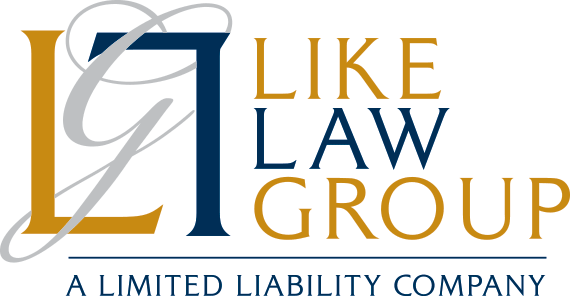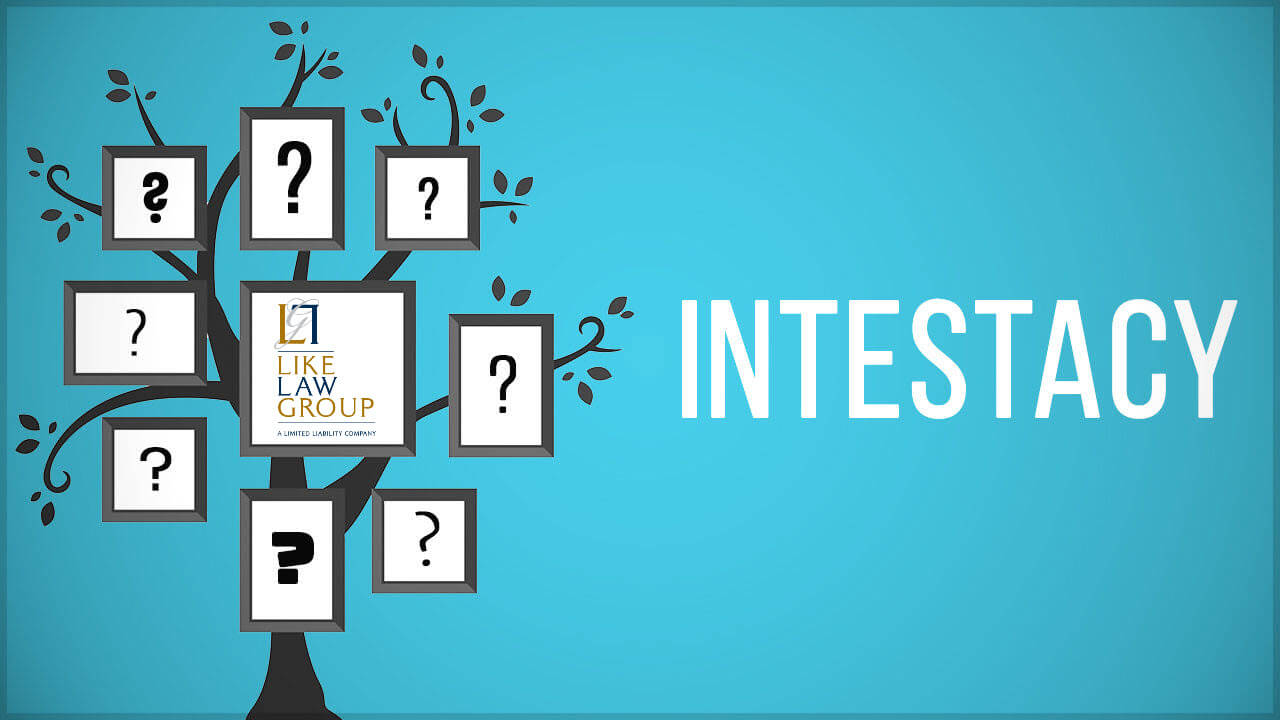About two out of three Americans will die without a will. This is known as dying intestate.
While the reasons for not having a will vary, the end result is the same for everyone: they do not get to choose who receives their property when they die. Instead, their money and property are distributed according to the laws of their state in a process called intestate succession.
This is not necessarily a bad thing. In most states, a person’s spouse, children, parents, and siblings are given priority in the line of succession. But even if someone is fine with their next of kin receiving all of their money and property, a beneficiary can still be required to go through a long and costly court process when there is no will.
State law can only assume how the typical person would dispose of their estate. When a state’s default intestacy laws do not align with the actual preferences of the decedent about who should get what, this can lead to a number of issues.
Sample State Intestacy Laws
It is understandable why people do not want to talk or think about death. But dying without a will takes power out of the individual’s hands and puts it in the hands of the state and its one-size-fits-all intestacy laws.
For a general idea of what happens when a person dies intestate, here is how intestacy law works in a few states:
New York
- If the decedent has a spouse, the spouse inherits everything.
- If the decedent has children but no spouse, the children inherit everything.
- If the decedent has a spouse and children, the spouse inherits the first $50,000 plus half of the balance, and the children inherit the rest.
- If the decedent has no spouse and no children, the decedent’s parents inherit everything.
- If the decedent has no spouse, children, or parents, the decedent’s siblings inherit everything.
- If the decedent has no living family, their property goes to New York State.
Things can get trickier when children inherit by law from their parents. Adopted children have the same rights as biological children, but foster children and stepchildren do not unless they are legally adopted.1
California
The state of California differentiates between community property and separate property.2 The former generally includes all property acquired by either spouse during the marriage, while the latter is property obtained prior to or outside of the marriage.
When a person dies intestate in California while married and they have one child or grandchild, the spouse inherits all of the community property and half of the separate property; the child or grandchild inherits the rest. If they die married and intestate with two or more children, the spouse gets all of the community property and one-third of the separate property, with the rest split equally among the children.
California also has a few unique intestacy laws. For example, half-siblings who share a parent are treated as whole siblings for intestacy purposes,3 and children born after the decedent’s death are treated as heirs.4
Florida
In Florida, intestate succession hinges on whether a person is married and has children with their spouse.
- If the decedent is married and they have children together, the spouse inherits 100 percent of the estate.
- If the decedent is married and has children from a previous relationship, the spouse inherits 50 percent of the estate and their children receive the other 50 percent.
Note that in Florida, if the spouse has children from another relationship, they inherit nothing under intestacy laws. The decedent’s biological children, even those from another marriage, are given preference over a surviving spouse’s children from another relationship.5
Florida places legally adopted children on the same level as biological children. Grandchildren only receive an intestate share if their parent (i.e., the decedent’s son or daughter) is not alive to receive their share.
Potential Consequences of Dying Intestate
The above examples should be sufficient to show how state intestacy laws, while largely similar from state to state, vary in the details and can quickly get complicated, especially when a family is blended and does not have a typical nuclear structure. In fact, because more than half of marriages now end in divorce, most families have shifted from having a biologically bonded mom, dad, and kids to a blended family structure.6
Nonblood Beneficiaries
Default intestacy laws can leave out not only stepchildren, foster children, and children placed for adoption, but also close family friends, charities, and others not related by blood.
Who Receives the Money and Property—and How Much
Intestacy laws are rigid about who receives how much. Intestate shares are statutorily determined and do not consider special circumstances, such as an heir who is receiving income-based financial aid and may be disqualified from further benefits due to an estate disbursement. This could be avoided by placing money and property in a trust for that individual’s benefit.
Parents commonly divide their money and property equally among their children, but no law requires this, and there are good reasons why some parents do not want equal distributions. State intestacy laws preclude unequal distribution as well as intentional disinheritance of a child.
Other Problems
All of these special circumstances require nuance in an estate plan, but state intestacy laws are not nuanced. Intestacy can also give rise to the following additional issues:
- Loved ones are unable to make specific funeral arrangements.
- The probate court chooses a personal representative to manage the estate, who may not be somebody the decedent would choose for this role
- The court decides who raises minor children.
- Small business owners can lose control of what happens to the business when they die.
- Property that the decedent intended to keep in the family could be sold.
- The probate process can be lengthy and delay how soon loved ones receive money and property.
- Probate costs can drain money and property that otherwise would have gone to heirs.
- Arguments can break out between heirs about what the decedent would have wanted.
- Digital assets like social media accounts and fintech accounts could be left in limbo.
- There are no instructions for end-of-life care or incapacity.
To clarify, not all accounts and property pass through probate when somebody dies without a will. Some accounts and property bypass probate, including those jointly owned with survivorship rights, accounts with beneficiary designations, and transfer-on-death and payable-on-death accounts. Anything owned by the decedent in their name at death without a beneficiary designation, though, passes through the probate court and is subject to intestacy law.
Do Not Leave Your Legacy Up to the State
There is much about death we cannot control. We do not know when, where, or how we will meet our end. But we can control our legacy and make our final wishes known through an estate plan.
There are many reasons for not making an estate plan. You may think you are too young, do not have enough money and property, or cannot afford estate planning. But a better question might be, Can you afford not to have a plan? A basic estate plan can fit your budget and allow you to rest easy knowing your money and property will end up where you want them to go.
Do not leave your legacy up to the state. Create an estate plan while you still can and make your wishes known.
Footnotes:
- When There Is No Will, NYCourts.gov, https://nycourts.gov/courthelp/whensomeonedies/intestacy.shtml (last visited July 26, 2023).
- Cal. Prob. Code § 6401 (West 2022), https://leginfo.legislature.ca.gov/faces/codes_displaySection.xhtml?lawCode=PROB§ionNum=6401.
- Cal. Prob. Code § 6406 (West 2022), https://leginfo.legislature.ca.gov/faces/codes_displaySection.xhtml?lawCode=PROB§ionNum=6406.
- Cal. Prob. Code § 6407 (West 2022), https://leginfo.legislature.ca.gov/faces/codes_displaySection.xhtml?lawCode=PROB§ionNum=6407.
- Fla. Stat. § 732.102, http://www.leg.state.fl.us/statutes/index.cfm?App_mode=Display_Statute&Search_String=&URL=0700-0799/0732/Sections/0732.102.html.
- Stepfamily Statistics, The Step Family Foundation, https://www.stepfamily.org/stepfamily-statistics.html (last visited July 26, 2023).



